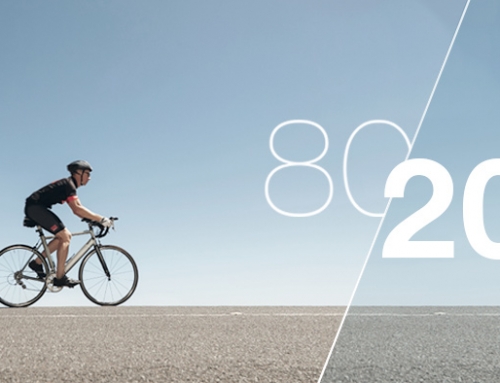Socks or No Socks? That is the Question
The majority of athletes would wear socks whilst running & cycling for both training & racing. But in triathlon there are benefits to going the no sock option.
Socks Off
Choosing to not wear socks for a sprint or Olympic distance triathlon can save potentially 60secs in transition. At the pointy end of the field this can make the difference between making it onto the podium or staying with the main pack or not.
Prior to doing this in competition you should toughen up your feet by practicing this in training. Good sessions include a short run off the bike or transition/skills session.
To assist the transition to not wearing socks, you may choose to carry some in your pocket just in case you feel a hot spot (start of a blister).
When racing without socks, you may consider toe covers on your bike shoes to ensure your feet stay warm if racing in cool conditions.
To avoid friction consider placing a lubricant or baby powder in your shoes to avoid rubbing. If you are prone to blisters in certain areas, consider pre-taping these areas before the race. Alternatively, you may choose to tape the inside of your shoes instead of your skin. This is useful if you are allergic to tape, or if there is a chance the tape may come off or your feet may swell with the heat.
Socks On
For a long-distance triathlon or cross triathlon, the risk of blisters increases and loosing 30-60secs in transition is less important (for some). In this case, you would consider placing socks in T1 and wearing them for the bike/run. Choose moisture wicking materials to further address blisters.









